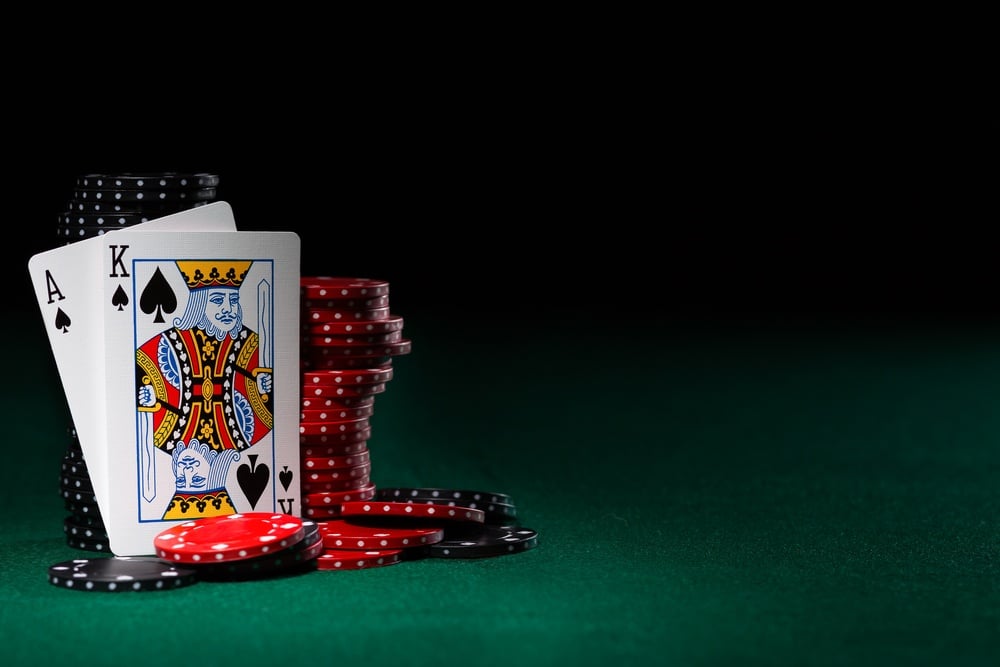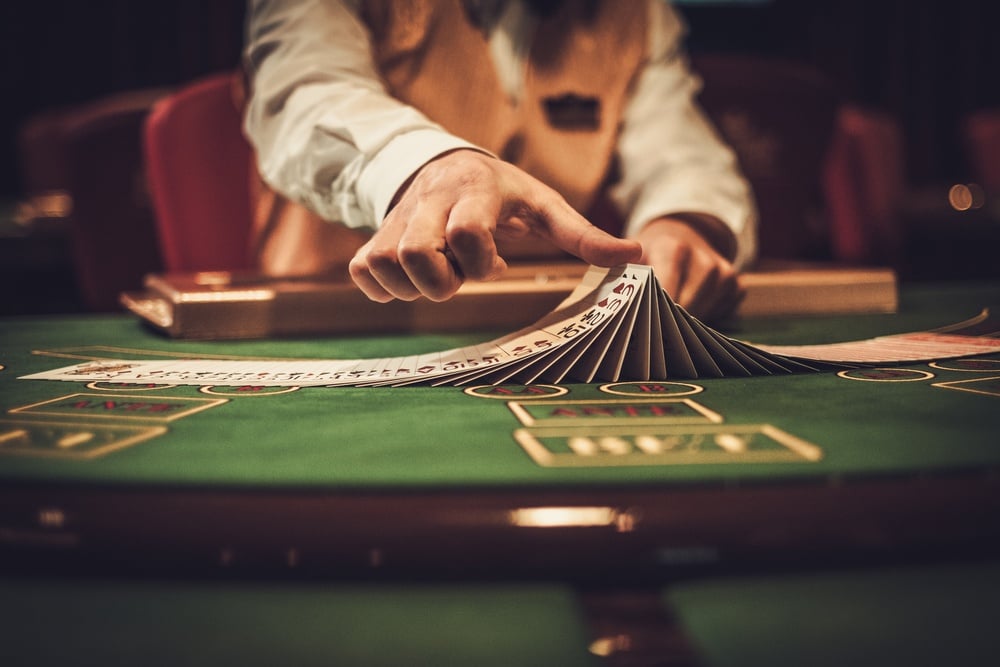How to Effectively Memorize Basic Blackjack Strategy for Better Gameplay

Key Learning Goals in Mastering Blackjack Strategy
Memorizing the basic strategy for blackjack is a key step toward maximizing your edge at the table. In this guide, you’ll uncover methods to make memorization easier and more effective so you can make smarter decisions on every hand. Here are the main concepts you'll explore:
- The value of strategic timing in transferring information to your long-term memory.
- How creating mental pathways makes recalling strategy easier over time.
- The power of active learning routines for sticking to blackjack's optimal moves.
- Customizing how often you review information to suit your personal learning style.
- Building a solid knowledge base for making more profitable blackjack plays.
The journey to becoming a successful blackjack player often begins with learning the basic strategy for every hand. That’s followed by advancing to card counting (if you choose) and ultimately making playing decisions based on a combination of both systems. This article focuses specifically on making the first step automatic: mastering basic blackjack strategy.
Understanding the Foundation: What Is Basic Blackjack Strategy?
Blackjack basic strategy provides mathematically backed recommendations for every possible player hand versus dealer upcard scenario. These strategies are the result of detailed probability analysis involving countless simulated games.

Every move in these charts aims to maximize the expected value (EV) for players-helping you win more or lose less over time. It’s important to remember that while perfect play minimizes the casino’s house edge (sometimes as low as 0.5% depending on specific game rules), it does not eliminate it.
Basic strategy guides your decisions when you’re ahead, but it’s just as valuable when you’re in a losing spot, showing you how to minimize losses.
Here are two major principles that shape most strategy tables:
- Around 30% of a standard deck consists of cards valued at 10 (10, J, Q, K), so optimal plays typically assume unknown cards are valued at 10.
- Doubling down and splitting are powerful ways to increase profits, but for most beginners, it’s best to master foundational decisions like when to hit or stand before advancing to these more complex plays.
Mastering Basic Play With Hard Hands
A “hard hand” is any hand that either contains no aces or where the ace is only counted as 1 (not 11). Most blackjack decisions start with these scenarios. Below is a visual representation of typical plays for hard hands under classic Las Vegas rules: games with multiple decks, the dealer standing on soft 17, and the option to double down on any two cards.

You’ll use these rules in about 70% of situations.
Logic highlights include:
- For player totals of 17 or higher: Always stand, regardless of the dealer’s upcard.
- When facing a dealer’s "bust card" (2 through 6): Usually stand, no matter your own hand strength-dealers are statistically more likely to bust.
- If the dealer shows 7 or higher: Assume their hidden card is worth 10 and try to improve your hand by hitting.
- If surrender is offered, it’s typically best on a hard 16 versus a dealer’s 9, 10, or Ace, and on a hard 15 against a 10.
Exceptions: Hitting on 12 versus a 2 or 3 is advised, though it still isn’t a great position for the player; the few cards that help generally outweigh the risk of busting.
Applying Basic Strategy With Soft Hands
A “soft hand” includes an ace being counted as 11, giving you flexibility and reduced risk of busting. The main adjustment most new blackjack players must make is being more aggressive with soft totals.

The biggest challenge arises with soft 17 or soft 18:
- Always hit soft 17-too many hands outdraw your 17, so trying to improve is mathematically advantageous.
- With soft 18 (A-7), stand against most dealer upcards, but hit if the dealer shows a 9 or 10.
Surprising fact: Hard 17 is actually a losing hand against any dealer upcard, including when the dealer has a low card. Hitting with soft 17 and below can turn weak hands into stronger ones.
Advanced Technique: Doubling Down With Hard Hands
After understanding hitting and standing, the next skill to master is doubling down-placing an extra bet and committing to draw one more card when the odds are favorable.

Key points:
- Doubling on 10 or 11 is almost always correct unless the dealer shows a strong card.
- Doubling on 9 is best when the dealer is weak (usually a 3 to 6).
Rules vary by casino, so always check which hands you’re allowed to double down with before playing.
Advanced Technique: Doubling Down With Soft Hands
If the game allows you to double on any two cards, knowing when to do so with soft hands is a major advantage.

Study tip: Focus on frequently available opportunities first, like doubling down when the dealer shows a 5 or 6 and you hold A-2 through A-8. These situations consistently provide strong long-term gains. More nuanced opportunities (like doubling against a 3 or 4) can wait until you’ve learned the basics.
Advanced Play: How to Handle Pairs (Splitting)
When you’re dealt two cards of the same rank, you have the option to split them into two hands. Whether it’s the right move depends heavily on the dealer’s upcard and the specifics of your own pair.

The split chart can seem complicated, but remembering these levels will make it manageable:
Level 1: Always Split or Never Split
- Always split Aces and Eights: These are your best offensive and defensive splits, respectively.
- Never split 10s, 5s, or 4s: Keep strong hands (like 20) together and avoid making two weak hands from a single mediocre one.
Level 2: Offensive Splits
- Split 6s, 7s, and 9s against any low dealer card (2-6).
- Split 2s and 3s against dealer 4, 5, or 6.
Level 3: Advanced Splits
- Split 9s against dealer 8 or 9.
- Split 7s against dealer 7.
- Consider splitting 2s and 3s against dealer 7, and 2s versus dealer 3.
If splitting isn’t recommended, refer back to hard hand strategy for your next best move.
Memorization Techniques for Blackjack Strategy
Mastering basic blackjack strategy requires more than just glancing at charts-it takes consistent, targeted study and practice. Here’s how to accelerate the memorization process:
Practice During Actual Gameplay
Playing real hands with a strategy card nearby is one of the fastest ways to internalize correct plays. The pressure of betting your own money tends to enhance focus and retention, pushing you to learn the chart quicker.
Use Short, Varied Review Drills
Switch up your study methods-alternate between reviewing charts, quizzing yourself, or running through hands in different ways. Repetition in a mix of forms helps encode memory more deeply.
Take Advantage of Digital Blackjack Trainers
Mobile apps and computer simulators use random scenarios to drill decision-making skills and highlight weak spots. Many apps adjust to your skill level and offer statistics on your progress, making them ideal for targeted practice.

Commit to Spaced Repetition for Long-Term Mastery
For those who prefer studying charts directly, use spaced repetition. Try reading a strategy rule, waiting several minutes, then testing yourself. Each time you can recall a play successfully, extend the interval before your next review. Challenging your brain to recall rules just before you forget them helps turn short-term knowledge into lasting expertise.
Practical Active Learning Tips for Blackjack Strategy
- Set aside dedicated time to focus solely on reading and recalling rules.
- Review small sections at a time, then wait a bit before quizzing yourself-gradually increase the time as you become more confident.
- Identify which rules are hardest for you, and reinforce those more frequently through games, apps, or written drills.
Start Practicing: Your Roadmap to Blackjack Success
Committing to learn and memorize basic blackjack strategy is the essential first step toward lowering the house edge and improving your profitability at the tables. To recap and get you started, here’s a comprehensive visual summary of the strategic decisions discussed in this article:

In short, by mastering and regularly practicing the basics-then advancing to more complex moves when ready-you position yourself for bigger wins and better blackjack sessions. Dive in, review often, and let the strategy guide you toward becoming a confident, competitive player. Good luck at the tables!













